2017 was of course the year of Ferrari, as one of the most recognised luxury brands on the planet celebrated its 70th glorious year. There were lots of illustrious publications on offer to celebrate the marque’s milestone birthday.
One slightly esoteric, but nonetheless welcome addition to the Ferrari canon is Barry Farr’s Ferraris in Australia in the 1950s and 1960s, a large format landscape (380mm x 300mm) work of 176 pages which catalogues Ferraris as per its title.
Sydneysider Farr became a tifoso at the age of just eight when his father took him to the Gnoo Blas circuit near Orange in New South Wales in January 1955. It was there that he saw Dick Cobden (the Sydney stockbroker and friend of Jack Brabham, who had the distinction of being the first man to race a Ferrari at Goodwood) piloting the ex-Peter Whitehead 1949 Ferrari 125 F1 and Whitehead himself driving the Ferrari 625 F1.
Whitehead was the first person to whom Enzo Ferrari sold a racing car, the green 125 driven by Cobden, and in which in Czechoslovakia he became the first Briton to win a major overseas race since the tragic golden youth, Richard Seaman, won the 1938 German GP and gave a Hitler salute from the podium. Whitehead though had won the Australian GP and the Australian Hill Climb Championship in that same year and would also go on to win the legendary Le Mans 24 hour endurance race in 1951. Both cars are, of course, featured in this book.
It is the sort of book that leads one on, from race to race, and from name to name, and all the greats crop up eventually. Farr’s register, for that is what it is rather than a history per se, attempts to provide a comprehensive record of all the Ferrari cars that either came into Australia during the 1950s and ‘60s, or made fleeting visits for specific race meetings or became so desirable that they went back overseas at a later date. And many an interesting nugget is unearthed as one turns the quality paper pages.
One story to tug at the heart of any Ferrarista is that of the 1951 212 Export Berlinetta by Carrozzeria Touring Superleggera, (I forgive Farr the spelling mistake of the coachbuilder’s name in the text) which having run in various events including the 1953 Mille Miglia was sold to the Italian Consul in Australia, tailor-by-trade, Nino Sacilotto and arrived in Sydney in March 1956. This lovely looking coupé then lived in Adelaide, Melbourne, Adelaide again, the National Motor Museum in Birdwood, England, and the Netherlands, before finally ending up back in Italy and going full circle, running, in the re-enactment of the Mille Miglia, the mythological 1000-mile race through Italy.
Farr’s research is comprehensive, taking in a large variety of publications and period source material, though surprisingly perhaps for a work of this nature there is no bibliography. In all there are just 65 examples of the Cavallino Rampante, the famous symbol of Ferrari, whether or not the car was in Australia for only a brief time during the period, or still resides here. The first Ferrari arrived in Australia in 1952, a brand new 212 Inter Berlinetta with coachwork by Vignale of Turin. Originally in daffodil yellow with tan pigskin interior, we are told, the car after a very interesting life still remains in Australia but since 1959 it has sported eponymous red paint.
Be it sports, race or road car all are included however briefly its time in the Big Southern Land. Some such as the F1 car driven by the legendary Alberto Ascari at Monza in 1952 and subsequently by WWII ace and Australia’s first F1 Grand Prix driver, Tony Gaze, are provided with detailed photographic references. So too, the wonderful 1960 250 GT PF coupé by Pininfarina purchased new by yachtsman and Bushell’s tea heir Tony Oxley in October that year.
Featured on the front cover of Autosport magazine in March 1961, this car remains still in the Oxley family, though currently I believe it is in Europe for restoration.
For some others unfortunately, such as the 1964 330GT 2+2 delivered in October 1964, the fate is unknown. Of course, period photographs can be lacking in quality on occasion but if I have one small criticism of this excellent volume it is that the modern images on occasion also lack the quality of resolution that one might expect.
Having said this, this is an excellent book (despite the slightly annoying trait of only giving the cars’ paint colours in prosaic English rather than their more exotic and romantic Italian names), filling an important gap from the earliest days of the marque in Australia until the inauguration of the Ferrari Club in Australia in 1972 and the arrival of the ‘Daytona’, so named on account of Ferrari 330 P4s taking all three podium places at the 24 Hours of Daytona in 1967. Initially shown at the Paris Motor Show in October 1968, the Ferrari 365GTB/4 to give the car its correct name was first seen in Australia in late November 1969 when chassis number 12971, the last car featured in this book, arrived for the Melbourne Motor Show in January 1970 and sold to Dr Philip Strang of NSW. Originally delivered in Argento Silver, this is yet another car which unfortunately now sports Ferrari Rosso Corsa red paint.
Australia has a very important connection to Ferrari, with W.H. Lowe (Automobiles) Pty Ltd of Balwyn in Victoria, being the Company’s first appointed representative outside of Europe, just five years after the first Ferrari departed the factory gates at Maranello, and with the Ferrari Club of Australia also being one of the oldest in the world.
Barry Farr, who still owns his first and only Ferrari, a 1985 Mondial QV purchased in January 1990, is to be commended on this work, which in true Ferrari fashion is a limited edition of just 299. Price AUS$175 + p&p from barry.farr09@gmail.com
Got something to add? Join the discussion and comment below.
Get 10 issues for just $10
Subscribe to The Spectator Australia today for the next 10 magazine issues, plus full online access, for just $10.
You might disagree with half of it, but you’ll enjoy reading all of it. Try your first month for free, then just $2 a week for the remainder of your first year.

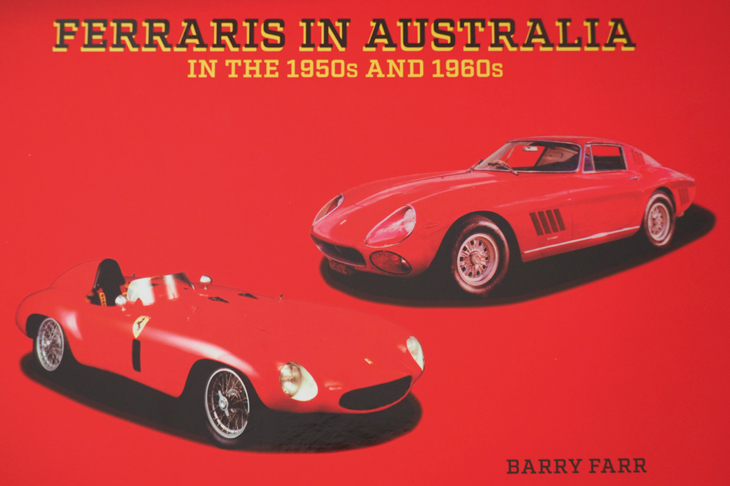
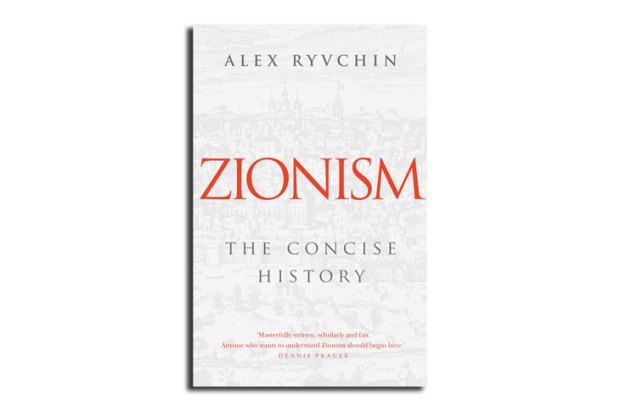
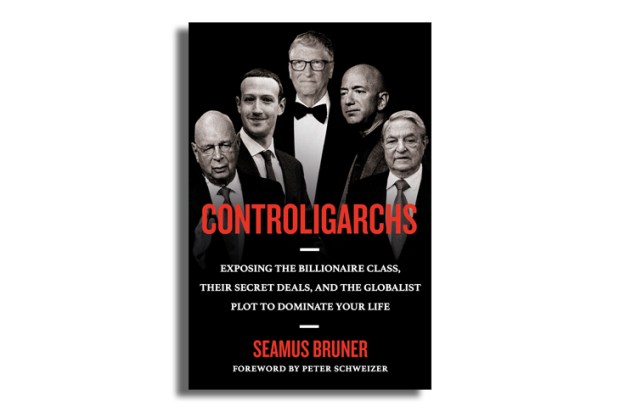
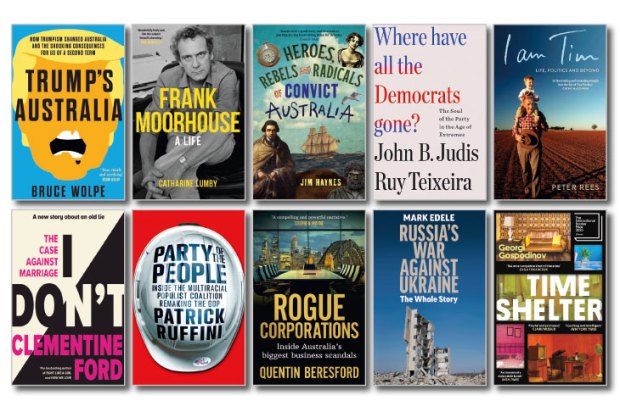
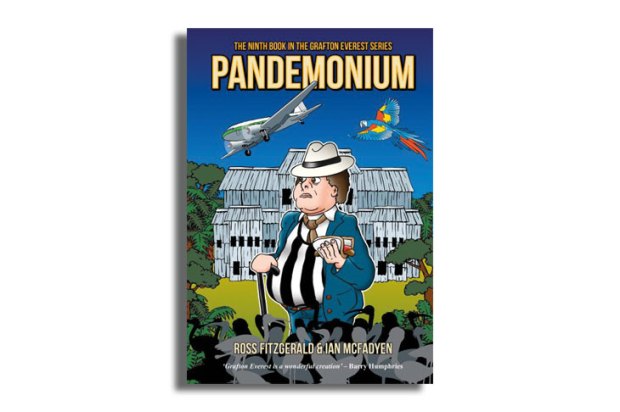
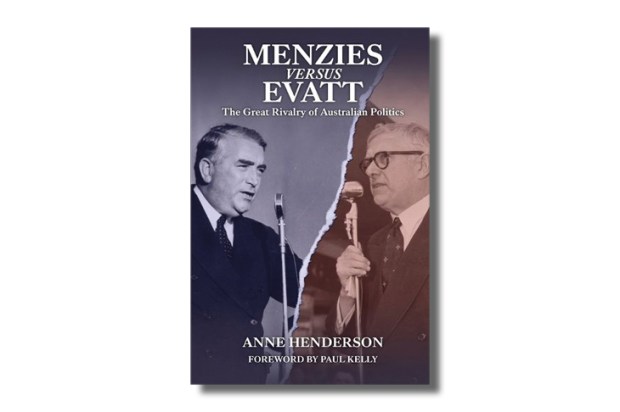
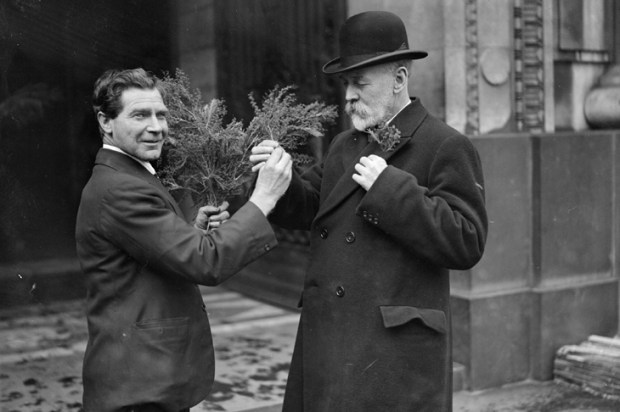






Comments
Don't miss out
Join the conversation with other Spectator Australia readers. Subscribe to leave a comment.
SUBSCRIBEAlready a subscriber? Log in